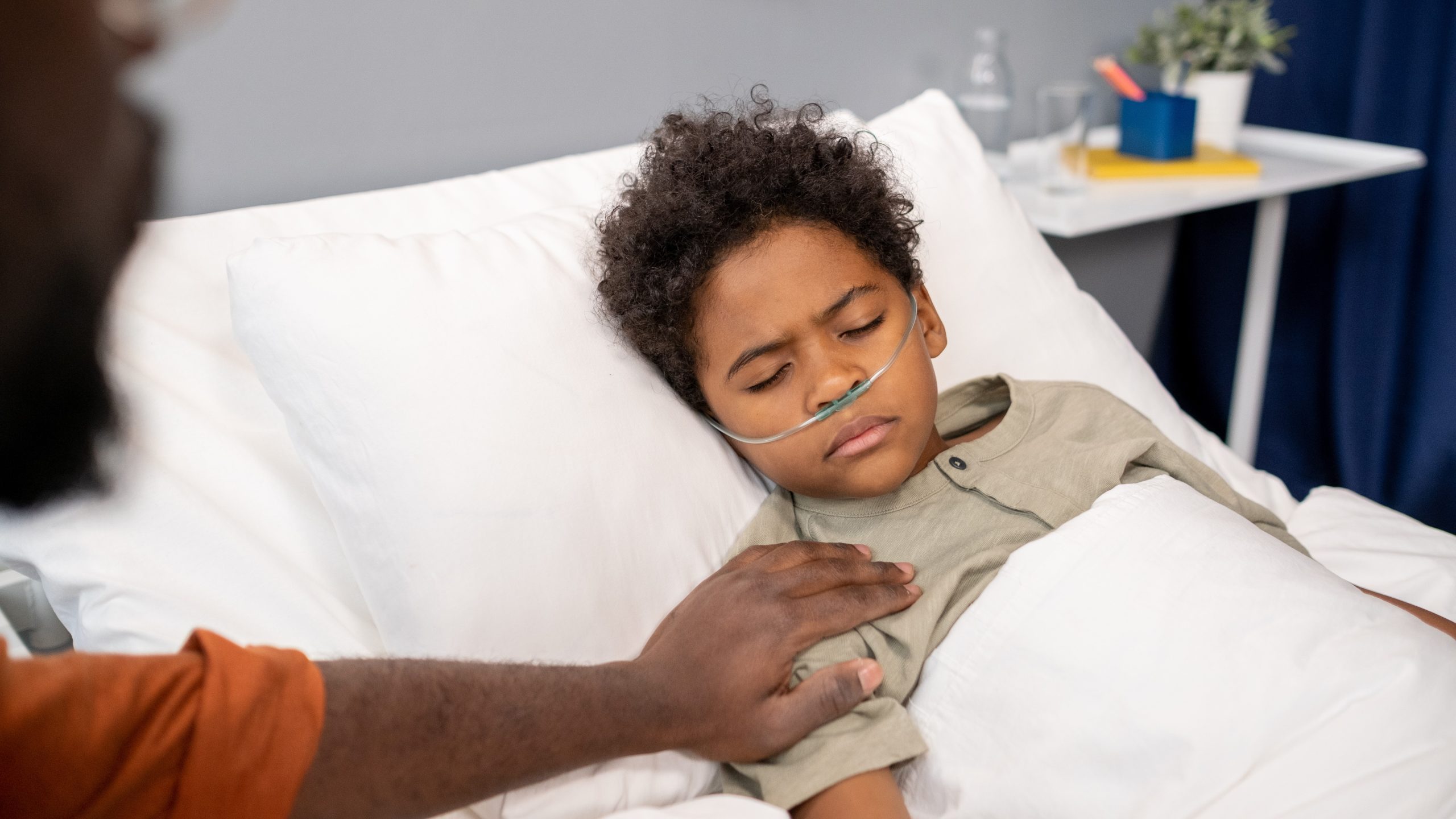Key points
- There is no specific treatment for La Crosse virus disease; clinical management is supportive.
- Monitor patients with neuroinvasive disease closely for severe complications.
- Counsel patients about using personal protective measures to prevent mosquito bites.

Treatment
Treatment of La Crosse virus disease is supportive only. Patients with severe meningeal symptoms often require pain control for headaches and antiemetic therapy and rehydration for associated nausea and vomiting. Patients with encephalitis require close monitoring for the development of elevated intracranial pressure, seizures, and inability to protect their airway.
Prevention
No La Crosse virus vaccines are available for use in humans. In the absence of a vaccine, prevention of La Crosse virus infection depends on personal protective measures to decrease exposure to infected mosquitoes. This includes using EPA-approved insect repellent, wearing long-sleeved shirts and pants, treating clothing and gear with 0.5% permethrin, and taking steps to control mosquitoes indoors and outdoors.
The mosquito that spreads La Crosse virus, Aedes triseriatus, prefers to lay its eggs in tree holes. The number of mosquitoes around the home can be reduced by filling tree holes that collect water. La Crosse virus can survive the winter in mosquito eggs that will hatch into infected mosquitoes in the spring. More information about reducing exposure to mosquito bites is available on the CDC Mosquitoes website.
La Crosse virus has been documented to cause disease in the same family during the same or different transmission seasons. Because of this, it is important to educate families who might have someone infected with La Crosse virus on prevention methods.
- Haddow AD and Odoni A. The incidence risk, clustering, and clinical presentation of La Crosse virus infections in the eastern United States, 2003–2007. PLoS ONE. 2007; 4(7): e6145. doi: 10.1371/journal.pone.0006145
- Erwin PC, Jones TF, Gerhardt RR, Halford SK, Smith AB, Patterson LE, et al. La Crosse encephalitis in eastern Tennessee: clinical, environmental, and entomological characteristics from a blinded cohort study. Am J Epidemiol. 2002;155(11):1060-1065. doi: 10.1093/aje/155.11.1060
- Nasci RS, Moore CG, Biggerstaff BJ, Panella NA, Liu HQ, Karabatsos N, et al. La Crosse encephalitis virus habitat associations in Nicholas County, West Virginia. J Med Entomol. 2000;37(4):559-570. doi: 10.1603/0022-2585-37.4.559
